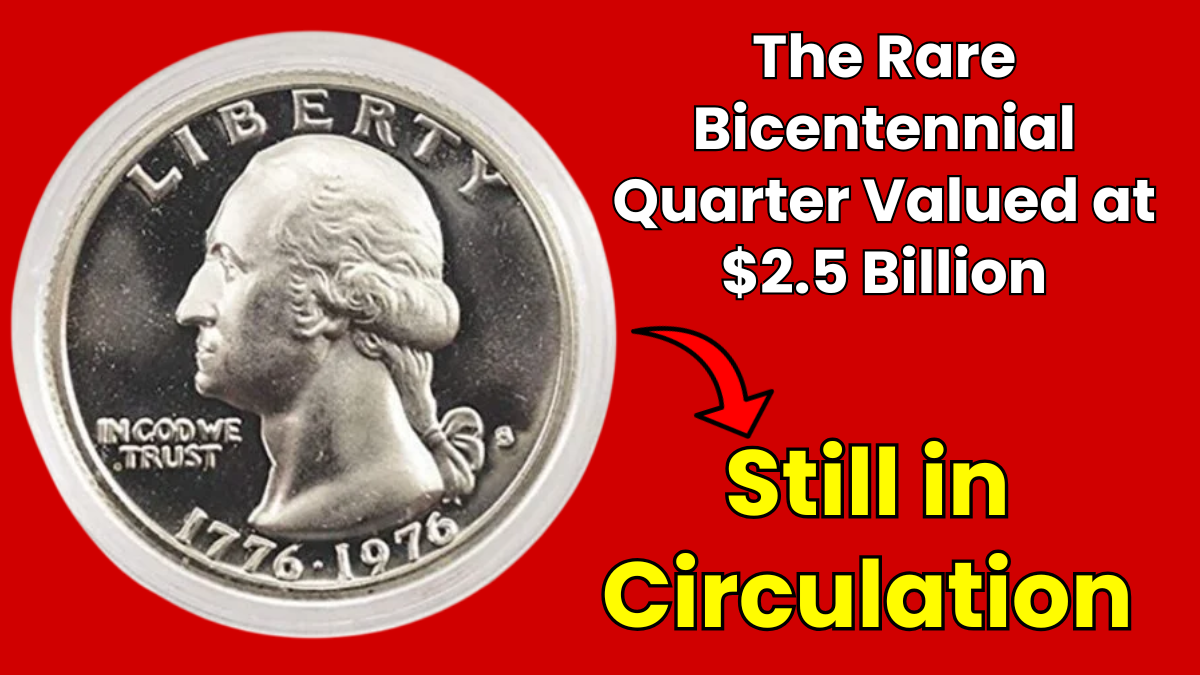Coin collecting, or numismatics, isn’t always best a hobby; it is a records lesson and a possible route to amazing financial reward. In the ocean of cash, a few nickels are especially fantastic, now not because of their face price, however due to their rarity, historical importance, and special characteristics that cause them to extraordinarily suitable to collectors. One of them is the 1943/2-P Jefferson War Nickel, that may recognize as much as nearly $two hundred,000. Let’s pass into what makes this coin, and others just like it, so treasured.
Why the 1943 Nickel Is Worth Nearly $200,000
What Makes It So Valuable?
During World War II, the U.S. Mint quickly changed the composition of nickels to preserve crucial materials like nickel and copper for the conflict effort. From mid-1942 thru 1945, nickels were struck with an alloy of 35% silver, 56% copper, and 9% manganese—these are called “wartime nickels.”
However, the 1943-P nickel that fetched almost $two hundred,000 is not any normal conflict nickel. It’s a rare complete steps specimen, graded MS68 by PCGS (Professional Coin Grading Service), which means it’s in nearly ideal uncirculated circumstance with sharply described steps on Monticello—the constructing at the reverse side. Only some examples on this top-grade circumstance exist, making it a holy grail for collectors.

Key Features:
- Mint mark: P (Philadelphia)
- Composition: 35% silver
- Condition: MS68 Full Steps
- Value: Nearly $200,000 at auction
Factors Behind Its High Value
- Rarity: With a short production run, the 1943/2-P is rare, particularly in uncirculated form.
- Historical Significance: Being the result of war-time adaptations, it is a special time in U.S. minting history.
- Collector Demand: Rarity and historical significance propel strong demand, with auction prices exceeding $200,000 for mint condition examples.
Other Nickels Worth Keeping
In addition to the 1943/2-P, a number of other nickels have fallen into collectors’ hands because they are rare and distinctive.
| Coin Name | Year(s) | Notable Feature | Estimated Value (USD) |
|---|---|---|---|
| 1943/2-P Jefferson War Nickel | 1943 | Overdate error (2 under 3) | Up to $200,000 |
| 1913 Liberty Head Nickel | 1913 | Unauthorized minting | Over $3.7 million |
| 1918/7-D Buffalo Nickel | 1918 | Overdate error | Over $264,000 |
| 1937-D Three-Legged Buffalo Nickel | 1937 | Missing leg due to die polishing | Over $200,000 |
| 1955 Doubled Die Lincoln Cent | 1955 | Doubled die obverse | Over $200,000 |
| 2004-D Wisconsin State Quarter | 2004 | Extra leaf on corn stalk | Over $200,000 |
1913 Liberty Head Nickel
- Minting Anomaly: Officially, there were no Liberty Head nickels struck in 1913, but five do exist, possibly minted under the radar.
- Value: One of them, called the “Olsen Specimen,” sold for more than $3.7 million, one of the highest priced coins in U.S. history.

1918/7-D Buffalo Nickel
- Overdate Error: Has a “7” under the “8” in the date due to a die over-punch.
- Value: High-grade coins can sell for more than $264,000.
1937-D Three-Legged Buffalo Nickel
- Minting Error: A buffing error erased the front leg of the buffalo, forming the “three-legged” type.
- Value: Condition depending, can sell for more than $200,000.
1955 Doubled Die Lincoln Cent
- Doubled Die Error: Not a nickel, but a penny with strong doubling of the date and inscriptions.
- Value: High-grade specimens can reach prices of over $200,000.
2004-D Wisconsin State Quarter (Extra Leaf Variety)
- Die Flaw: Several coins have an extra leaf on the corn stalk, which is due to a die flaw.
- Value: Rarities in high grade can be worth over $200,000.

Tips for Collectors
- Examine Details: Look for anomalies like doubling, overdates, or missing elements.
- Check Mint Marks: Rare variations often come from specific mints.
- Assess Condition: Coins in uncirculated or mint state conditions are significantly more valuable.
- Seek Professional Grading: Certification from reputable services like PCGS or NGC can authenticate and enhance a coin’s value.
Conclusion
Rare nickels like the 1943 copper-nickel error show that treasures might be hiding in plain sight. Whether it’s a nickel from wartime America or a rare early-20th-century minting error, these coins tell fascinating stories and they could be worth a small fortune. If you’re lucky enough to stumble upon one, having it authenticated could be your ticket to a massive payday. Keep an eye on your pocket change, you never know what hidden gems you might find!
FAQ’s
How do I determine that a coin is a 1943/2-P Jefferson War Nickel?
Check for the overdate mistake where the “3” in the date retains traces of a “2” beneath it. A magnifying glass can assist with spotting this feature.
How can I figure out the worth of my coin?
Talking to a professional coin evaluator or taking your coin in for grading from a company such as PCGS or NGC can give a fair evaluation of its worth.








